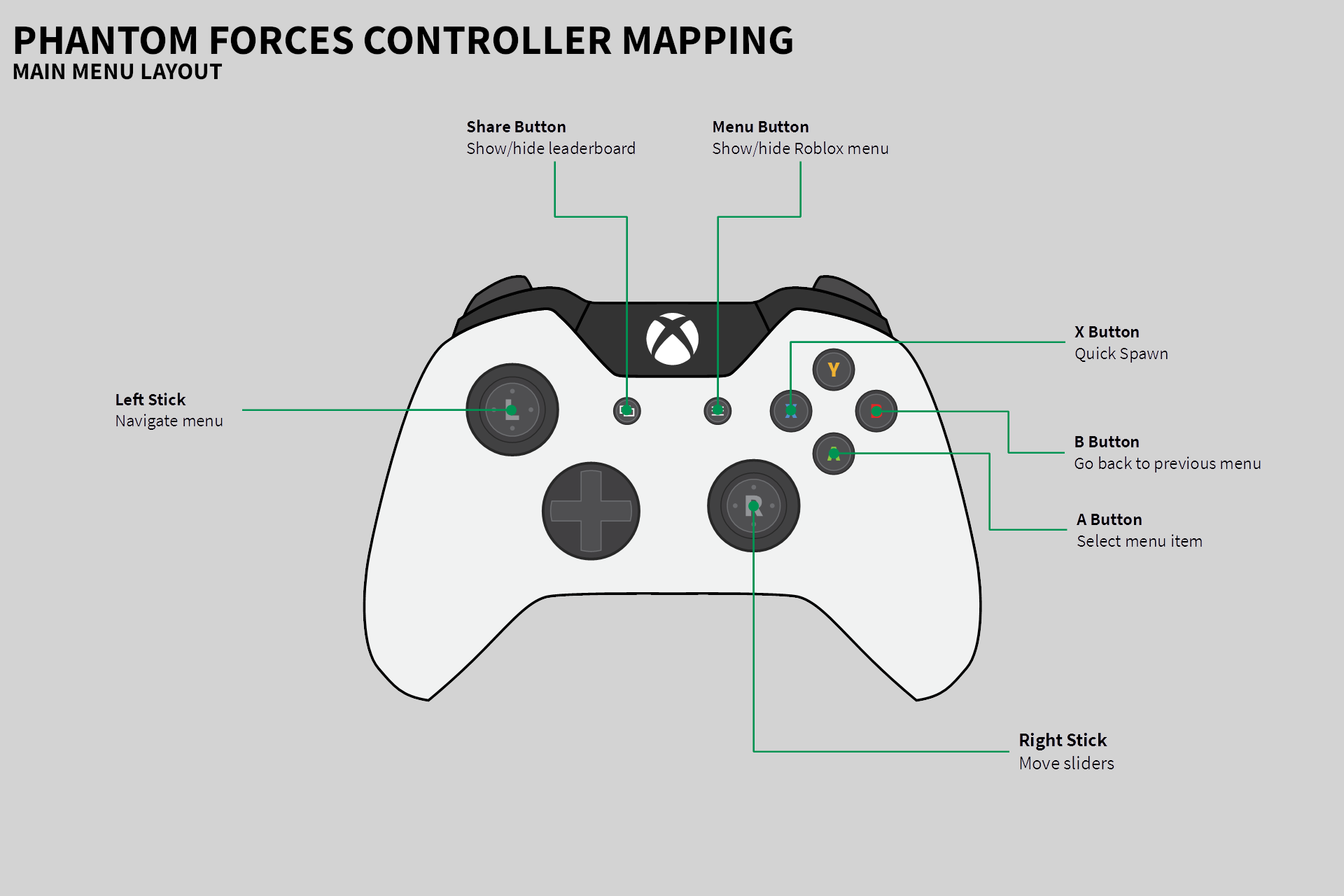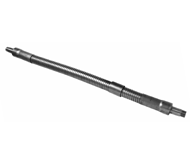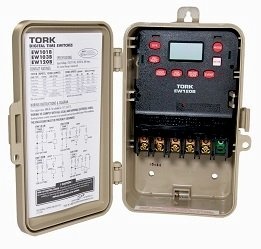

In this study, we use fully immunocompetent tumor-bearing mice to integrate our understanding of the tumor intrinsic radiosensitization and immunologic consequences of combination therapy with the DNA-PK inhibitor AZD7648 and RT. However, to date, no study has investigated the immunologic consequences of this combination, which limits the translational understanding of the clinical potential for this approach. We and other groups have previously reported that DNA-PK inhibition is an effective radiosensitizer and can induce sustained tumor regression in human tumor xenografts and patient-derived xenograft (PDX) models when administered concurrently with RT or chemotherapy ( 14–17, 32).

DNA-PK also plays an important role in V(D)J recombination and immuno-globulin class switch recombination by joining the DNA ends generated by RAG endonuclease during T-cell and B-cell development ( 30, 31).

Strategies to augment the immunogenicity of RT are urgently needed.ĭNA-PK is a nuclear serine/threonine kinase, which is activated in the early phase of nonhomologous end joining (NHEJ) in the DNA DSB repair pathway. Despite this, RT alone rarely leads to a curative response, suggesting that competent systemic antitumor immune responses are rarely engendered. In turn, type I IFN increases the expression of costimulatory molecules including CD40, CD80/86, and MHC class II on DC enhancing their T-cell priming capacity ( 24, 25, 28, 29). Furthermore, fragmented genomic or mitochondrial DNA following RT or chemotherapy can be recognized by pattern-recognition receptors (PRR) such as TLR9 or cyclic GMP-AMP synthase (cGAS)-stimulator of interferon genes (STING), which stimulate the expression of pro-inflammatory cytokines including type I IFN ( 24–27). Preclinical studies demonstrate that the release of proinflammatory cytokines such as type I IFN and expression and/or release of damage associate molecular patterns (DAMP) including High Mobility Group Box 1 (HMGB1) and adenosine triphosphate (ATP) following cytoreductive therapy promote dendritic cell (DC) activation and priming of tumor-associated antigen (TAA)-specific T cells ( 22, 23). IntroductionĮmerging evidence suggests that the antitumor activity of RT may extend beyond direct DNA damage effects in the tumor to the activation of antitumor immune responses ( 18–21). Phase I/II clinical trials for AZD7648 in combination with chemotherapy (NCT03907969) and radiotherapy (NCT04550104) are ongoing. Our research highlights the important role of tumor microenvironment and immunologic memory in the mechanism of this combination, suggesting that efficacy may be greater than predicted by immunodeficient models. As the result, significant tumor growth control was observed in preclinical models. Here, we show that AZD7648 with radiotherapy not only increases cancer cell death via increased DNA damage, but also that cell death is immunogenic, inducing CD8 + cytotoxic T cells and type I IFN–dependent antitumor responses. It has been shown that AZD7648 is a potent and selective DNA-PK inhibitor and has radiosensitizing effects. DNA-dependent protein kinase (DNA-PK) is a key mediator of nonhomologous end joining, and is involved in repairing double-strand breaks. Inhibiting the DNA damage response mechanism is a promising strategy for enhancing the efficacy of chemotherapy and radiotherapy in cancer treatment.


 0 kommentar(er)
0 kommentar(er)
